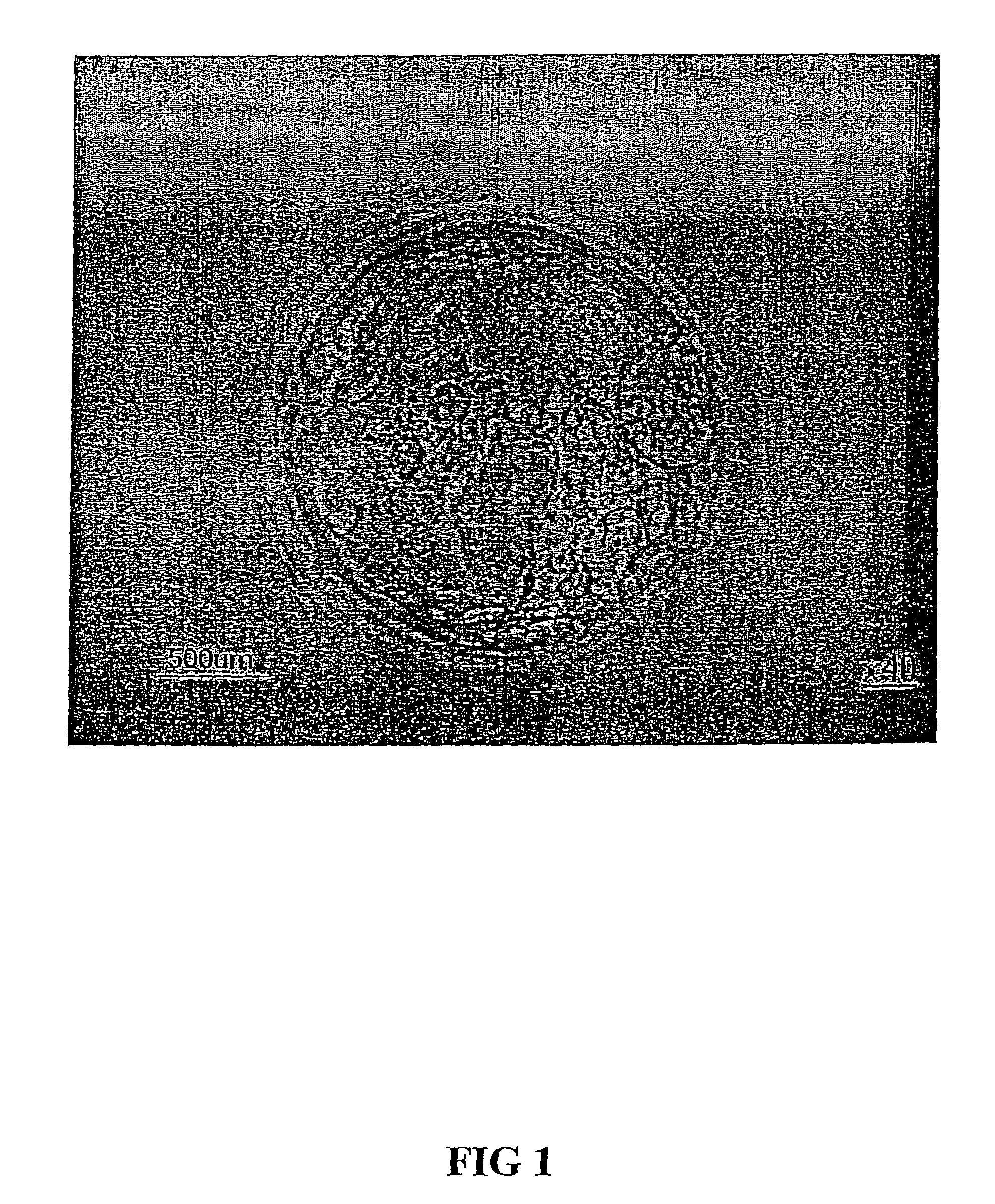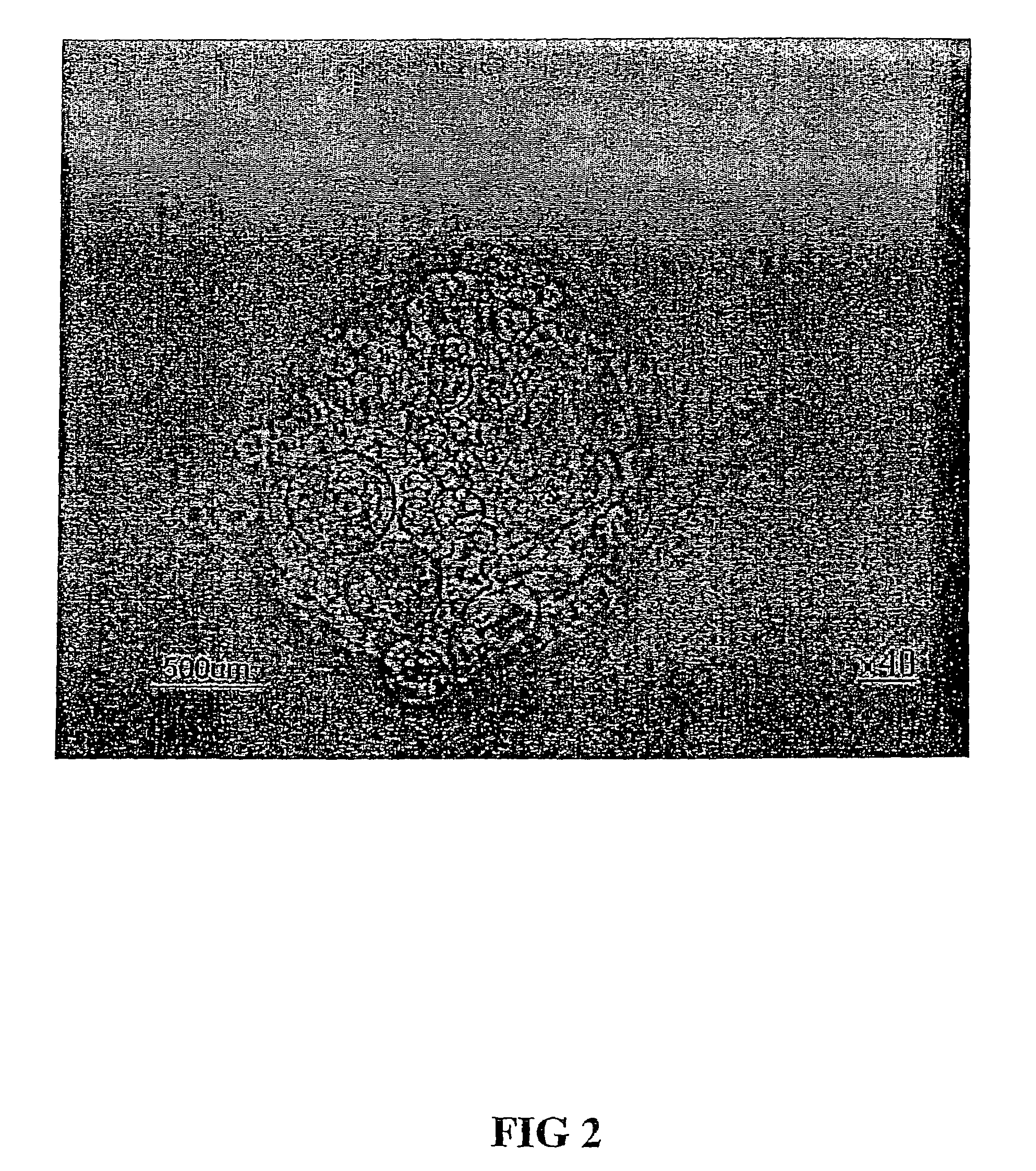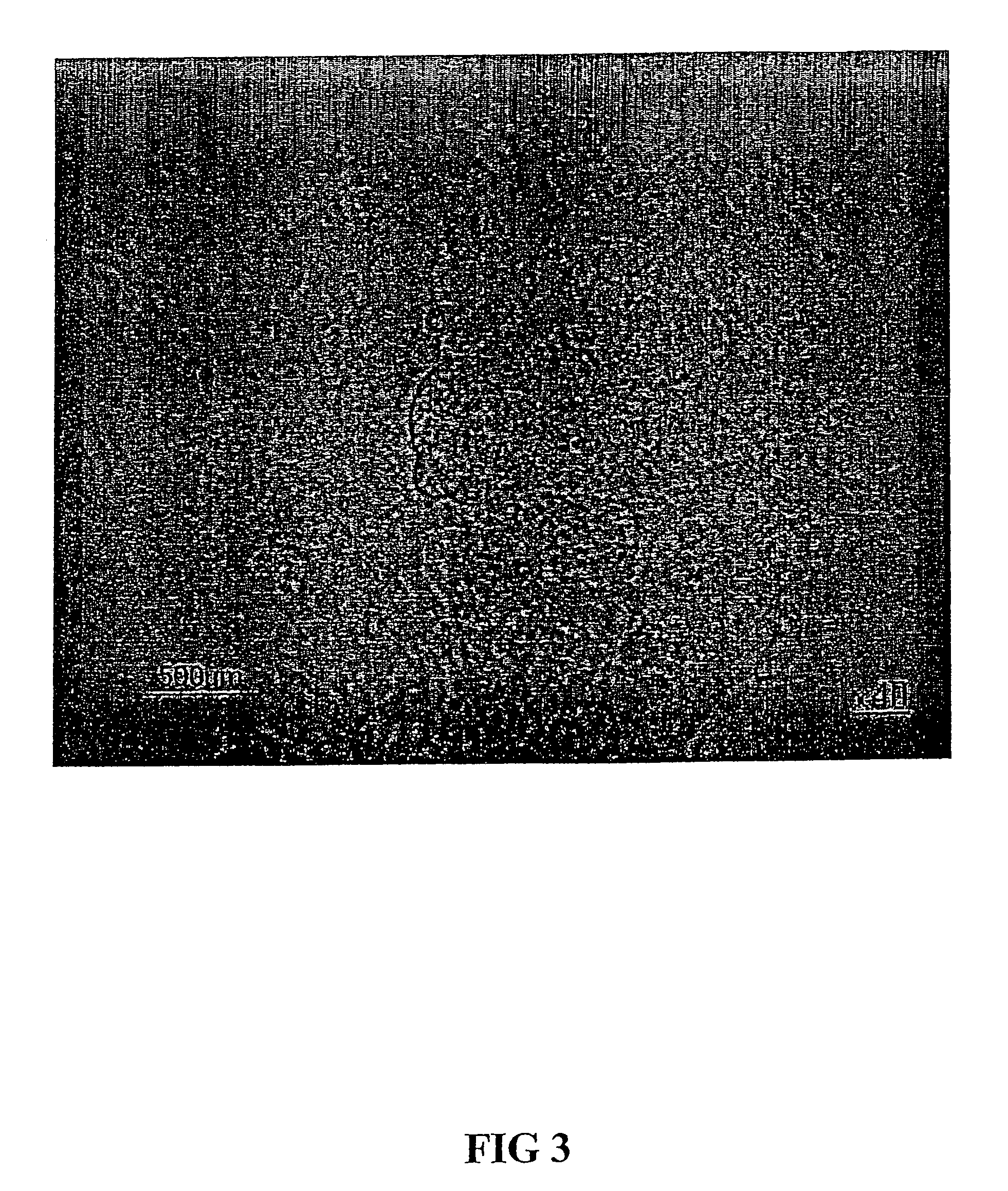Method for efficient transfer of human blastocyst-derived stem cells (hBS cells) from a feeder-supported to a feeder-free culture system, long-term propagation of hBS cells under feeder-free conditions and use of cultured hBS cells for applications in myocardial regeneration
a technology of blastocyst-derived stem cells and culture systems, which is applied in the field of efficient transfer of human blastocyst-derived stem cells (hbs cells) from feeder-supported to feeder-free culture systems, can solve the problems of low yield of stem cells, limited hbs cell lines, and high cos
- Summary
- Abstract
- Description
- Claims
- Application Information
AI Technical Summary
Benefits of technology
Problems solved by technology
Method used
Image
Examples
example 1
Establishment of an Essentially Pure Preparation of Undifferentiated Stem Cells from Spontaneously Hatched Blastocysts
[0107]Human blastocysts were derived from frozen or fresh human in vitro fertilized embryos. Spontaneously hatched blastocysts were put directly on feeder cells (EF) in VITROHES™-medium supplemented with 4 ng / ml human recombinant bFGF (basic fibroblast growth factor) and 0.125 mg / ml hyaluronic acid. After plating the blastocysts on the EF cells, growth was monitored and when the colony was large enough for manual passaging approximately 1-2 weeks after plating the inner cell mass cells were dissected from other cell types and expanded by growth on new EF cells.
example 2
Establishment of an Essentially Pure Preparation of Undifferentiated Stem Cells from Blastocysts with an Intact Zona Pellucida
[0108]For blastocysts with an intact zona pellucida (FIG. 1), a brief pronase (10 U / ml, Sigma) incubation in rS2 (TCM-2) medium (Vitrolife, Gothenburg, Sweden) was used to digest the zona (FIG. 2), after which the blastocyst was put directly on the EF cell layer in hBS medium supplemented with hyaluronic acid (0.125 mg / ml) (FIG. 3).
example 3
Preparation of Conditioned VITROHES™-Medium (k-VITROHES™-Medium) for Feeder Free Cultures
[0109]To prepare mEF cells for conditioning of VITROHES™-medium, a confluent monolayer of mEF cells (passage two) was Mitomycin C treated and seeded in a concentration of 59 000 cells / cm2 in a gelatin (0.1%; Sigma) coated culture flask in Dulbecco's Modified Eagle Medium (D-MEM) supplemented with 1% Penicillin / Streptomycin (PEST; 10000 U / ml), 10% Fetal Bovine Serum (FBS) and 2 mM GLUTAMAX™-I Supplement (200 mM); all from GibcoBRL / Invitrogen, Carlsbad, Calif., USA. After a 24 hour incubation period and one wash with PBS (GibcoBRL / Invitrogen), the medium was discarded and replaced with VITROHES™-medium (0.28 ml / cm2) for a 24 hour conditioning period. The conditioned VITROHES™-medium (k-VITROBES™-medium) was collected every day up to three times from the same mEF culture (in passage two) and sterile filtered by using a 0.2 μm low protein binding filter (Sarstedt, Landskrona, Sweden). The k-VITROHES...
PUM
| Property | Measurement | Unit |
|---|---|---|
| angle | aaaaa | aaaaa |
| concentrations | aaaaa | aaaaa |
| concentrations | aaaaa | aaaaa |
Abstract
Description
Claims
Application Information
 Login to View More
Login to View More - R&D
- Intellectual Property
- Life Sciences
- Materials
- Tech Scout
- Unparalleled Data Quality
- Higher Quality Content
- 60% Fewer Hallucinations
Browse by: Latest US Patents, China's latest patents, Technical Efficacy Thesaurus, Application Domain, Technology Topic, Popular Technical Reports.
© 2025 PatSnap. All rights reserved.Legal|Privacy policy|Modern Slavery Act Transparency Statement|Sitemap|About US| Contact US: help@patsnap.com



